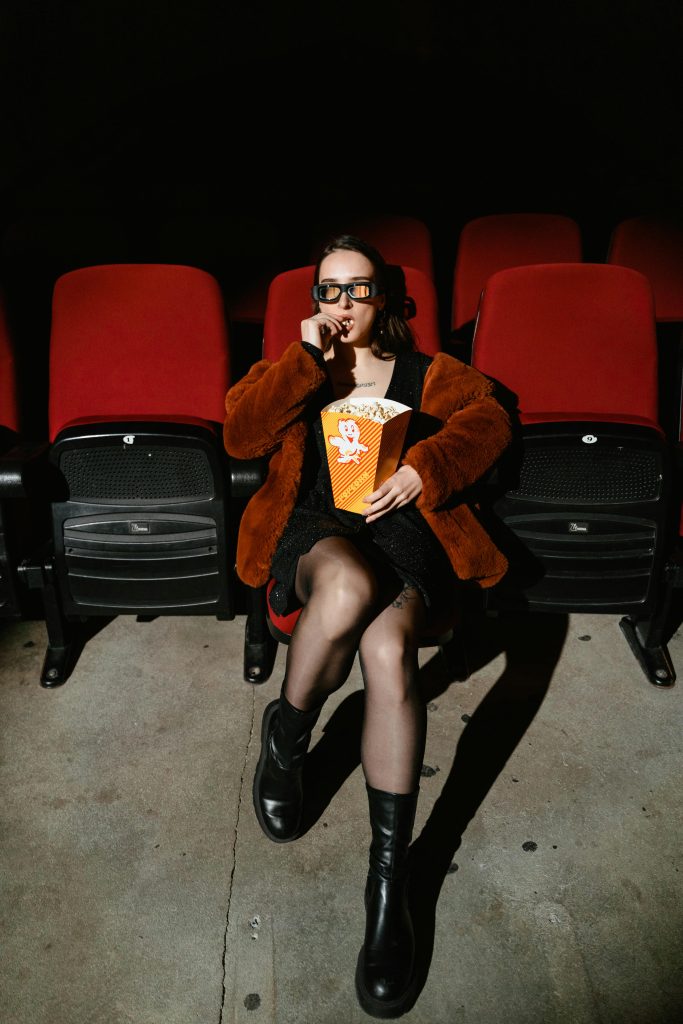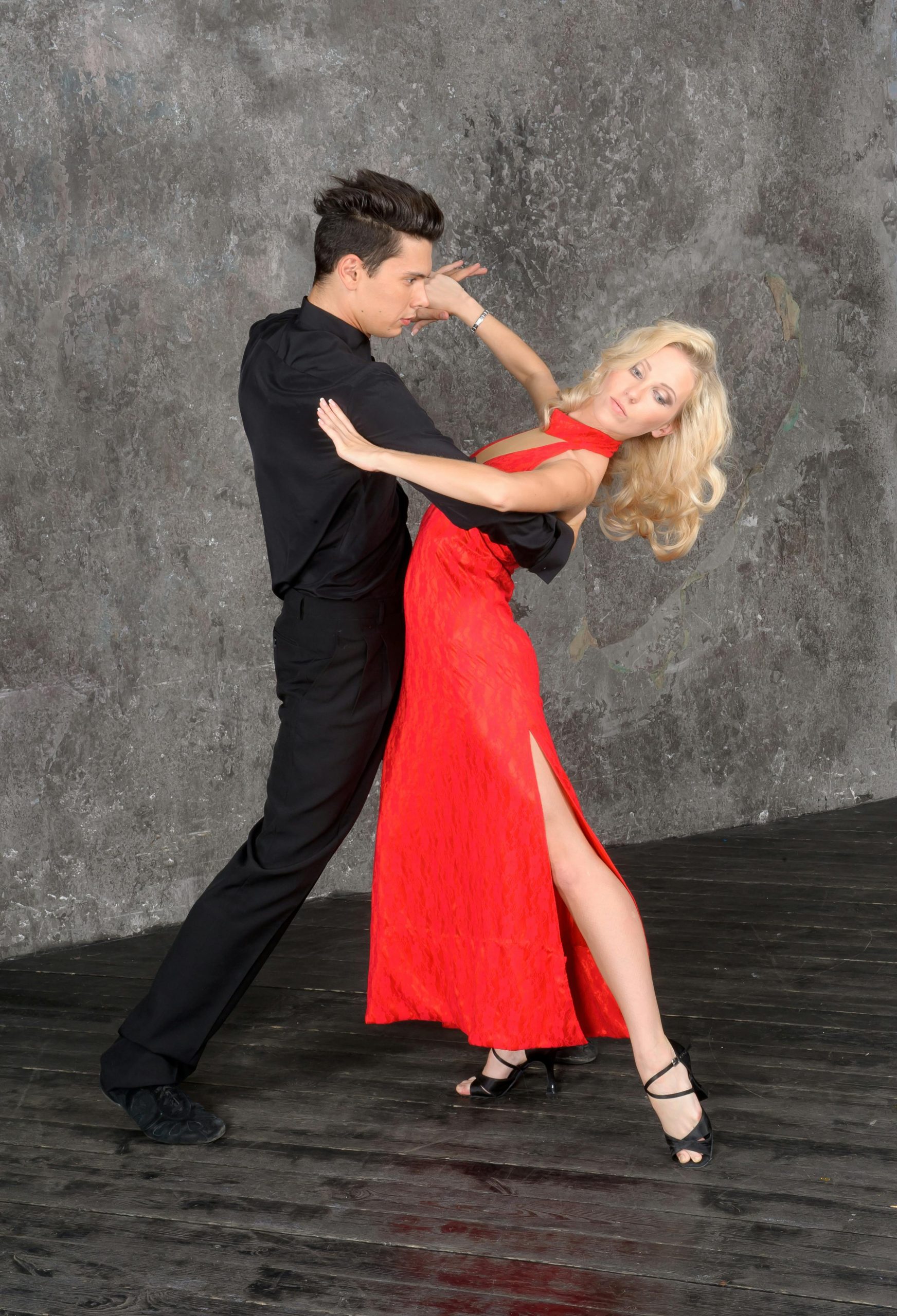Introduction:
Fashion and cinema have long shared a symbiotic relationship, each influencing the other in a continuous exchange of creativity and style. From the iconic looks of Audrey Hepburn in “Breakfast at Tiffany’s” to the futuristic costumes of “Blade Runner 2049”, fashion in the film does more than just clothe the characters; it sets the tone, defines personalities, and often becomes a character in its own right. This article explores the interplay between fashion and cinema, highlighting how this dynamic relationship shapes cultural trends, individual styles, and the broader fashion industry.
Fashion Through the Lens of Cinema:
Cinema has the power to immortalize fashion, capturing the essence of an era or envisioning the styles of the future. Costume designers like Edith Head, Sandy Powell, and Colleen Atwood have become as influential as fashion designers, their creations inspiring trends and leaving lasting impressions on the public consciousness.

- Setting Trends: Films often set new fashion trends. The flapper dresses of “The Great Gatsby” or the minimalist chic of “The Devil Wears Prada” have influenced fashion trends, demonstrating cinema’s role in popularizing certain styles and aesthetics.
- Defining Eras: Cinema captures the fashion zeitgeist of an era, offering a visual history of style evolution. From the elegance of the 1940s in “Casablanca” to the rebellious punk aesthetic of the 1970s in “Sid and Nancy”, films serve as time capsules of fashion.
- Cultural Exchange: Films also facilitate a cultural exchange of fashion, introducing global audiences to diverse styles. The vibrant colors and patterns of traditional Indian attire in “Bollywood” films or the sleek simplicity of Japanese fashion in “Lost in Translation” showcase the global language of style.
The Influence of Cinema on Fashion Designers:
Many fashion designers draw direct inspiration from films, incorporating elements seen on screen into their collections. This inspiration can come from a film’s setting, its characters, or the overall mood it evokes.
- Designer Collaborations: Some designers have collaborated directly with film productions, creating costumes that blur the lines between on-screen fantasy and real-world fashion. For example, Giorgio Armani’s suits for “American Gigolo” redefined menswear in the 1980s.
- Thematic Collections: Designers often reference cinema in their collections, using films as a thematic foundation for their designs. Whether it’s the dark allure of film noir or the whimsical charm of musicals, cinema provides a rich wellspring of inspiration.
Fashion’s Role in Character and Storytelling:
In film, fashion goes beyond mere aesthetics; it’s a tool for storytelling. Through costumes, filmmakers can convey a character’s personality, social status, or evolution over time. Fashion helps to build the world of the film, adding depth and authenticity to the cinematic experience.
Fashion Films and Documentaries:
The relationship between fashion and cinema extends into documentaries and films dedicated to exploring the lives of designers, the inner workings of the fashion industry, or the history of specific garments. These works offer insights into the artistry and challenges of the fashion world, celebrating its pioneers and visionaries.

Conclusion:
The relationship between fashion and cinema is a testament to the power of visual storytelling. As both industries continue to evolve, their interplay remains a source of endless creativity and inspiration, influencing not just how we dress but how we perceive the world around us. The fusion of fashion and cinema not only defines the aesthetic of an era but also shapes our collective imagination, proving that the magic of style is limitless when showcased through the silver screen. In this dance between fashion and cinema, each step reveals new possibilities, reminding us that in the world of creativity and expression, boundaries are meant to be crossed, and conventions reimagined.

